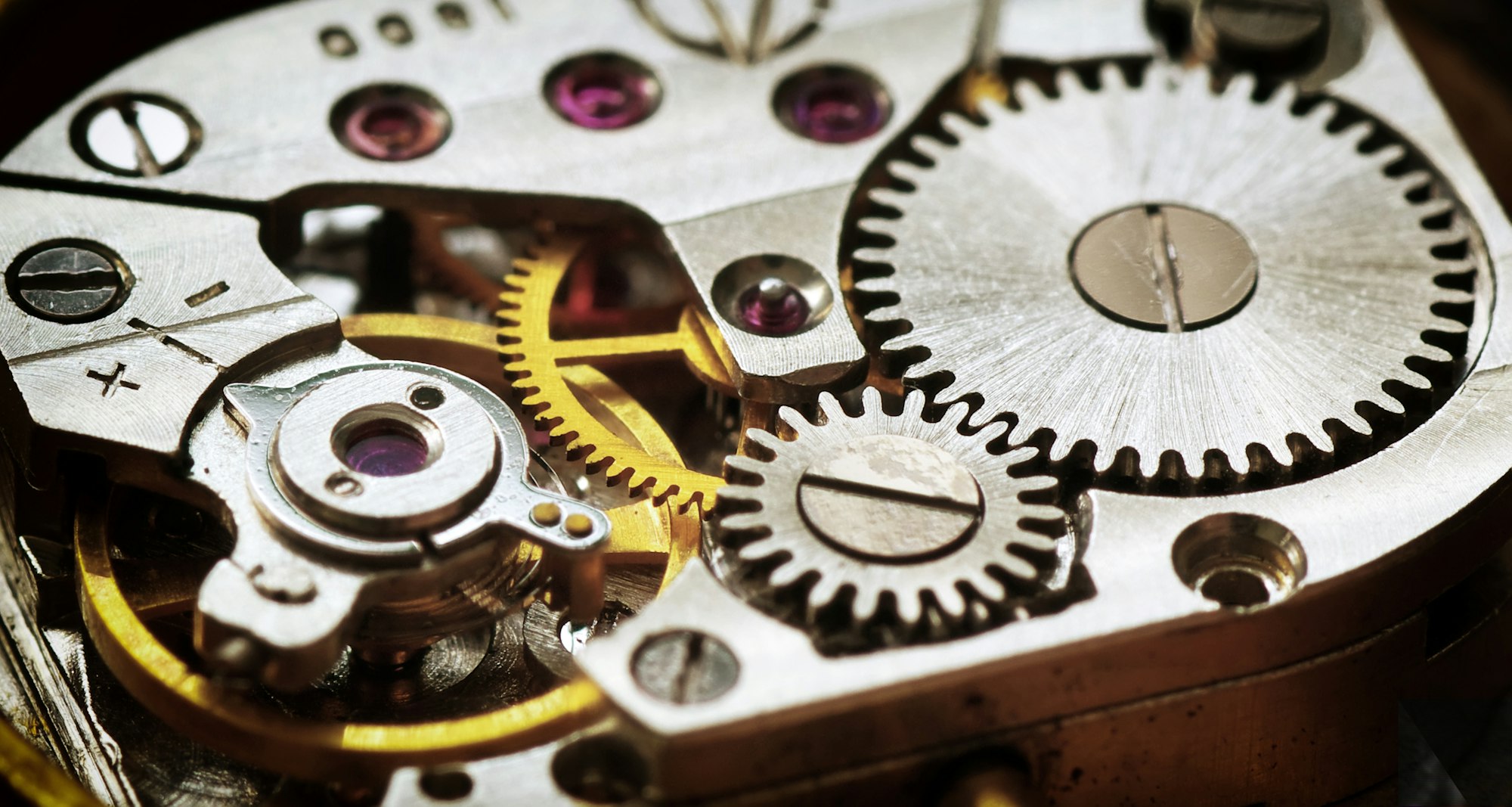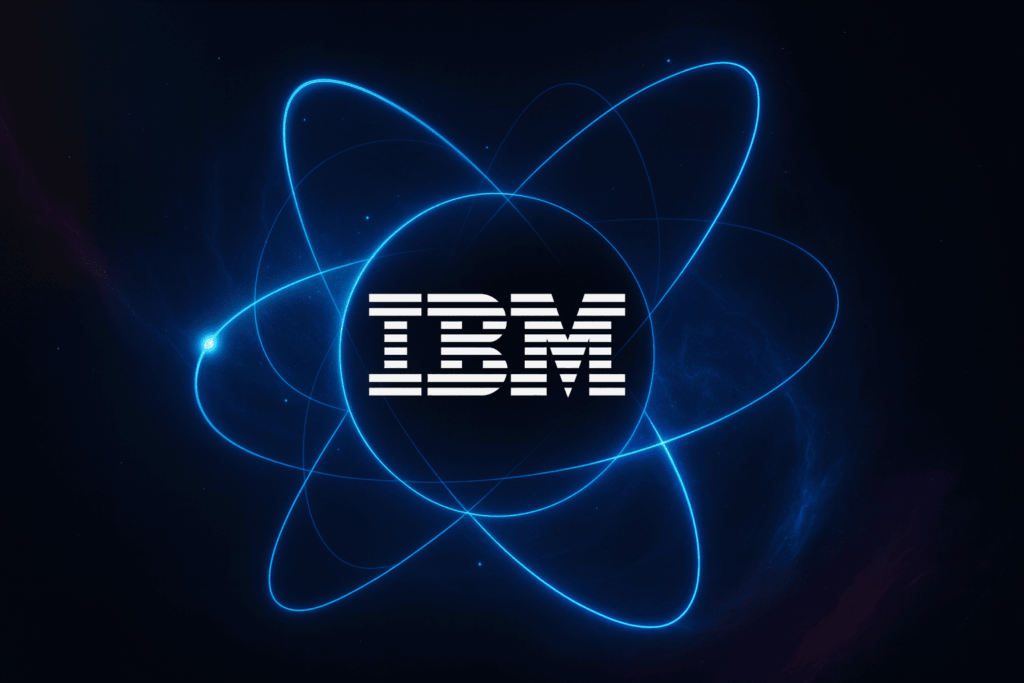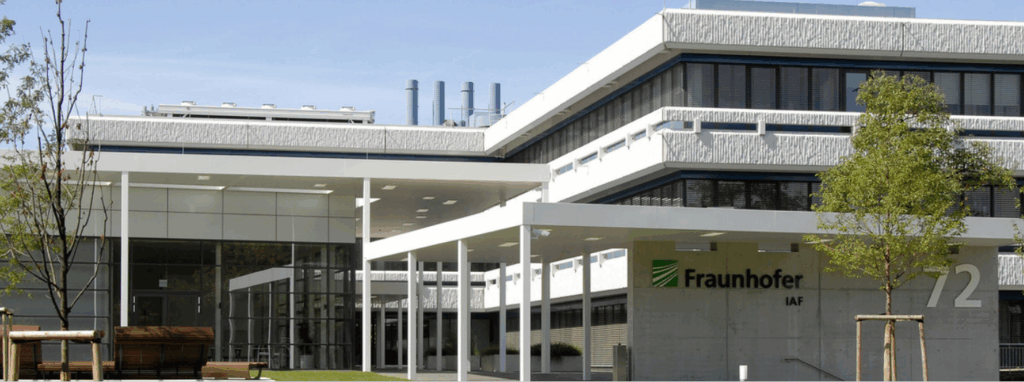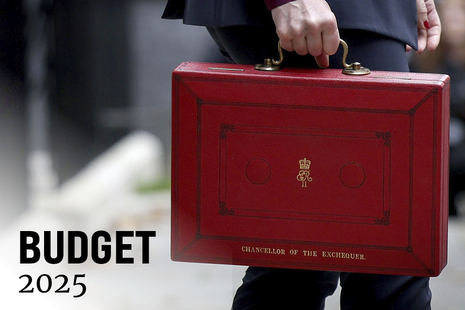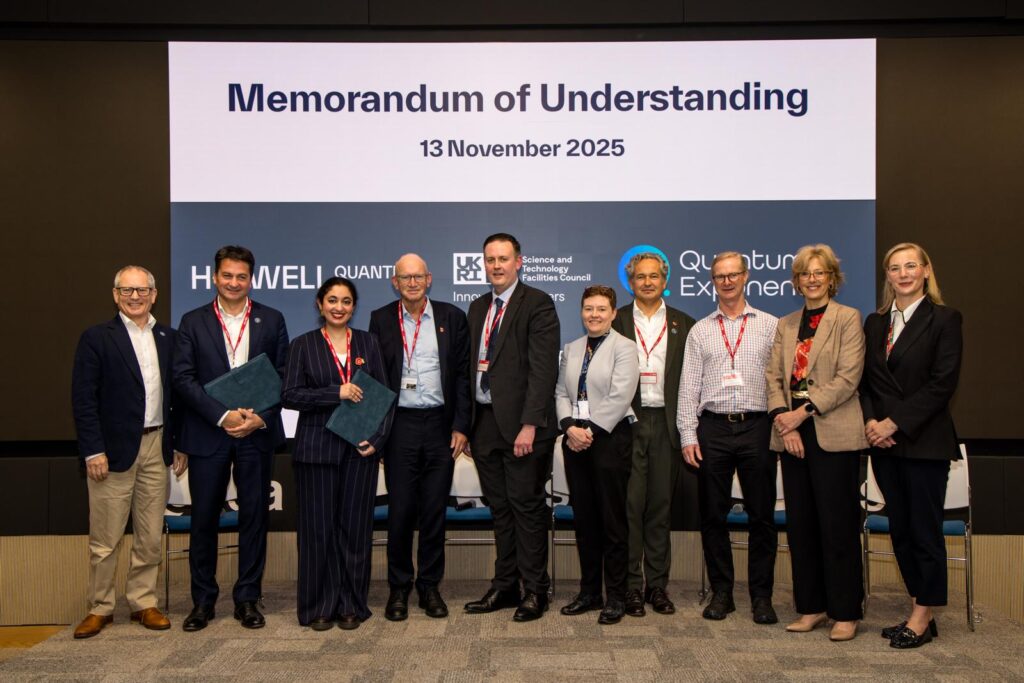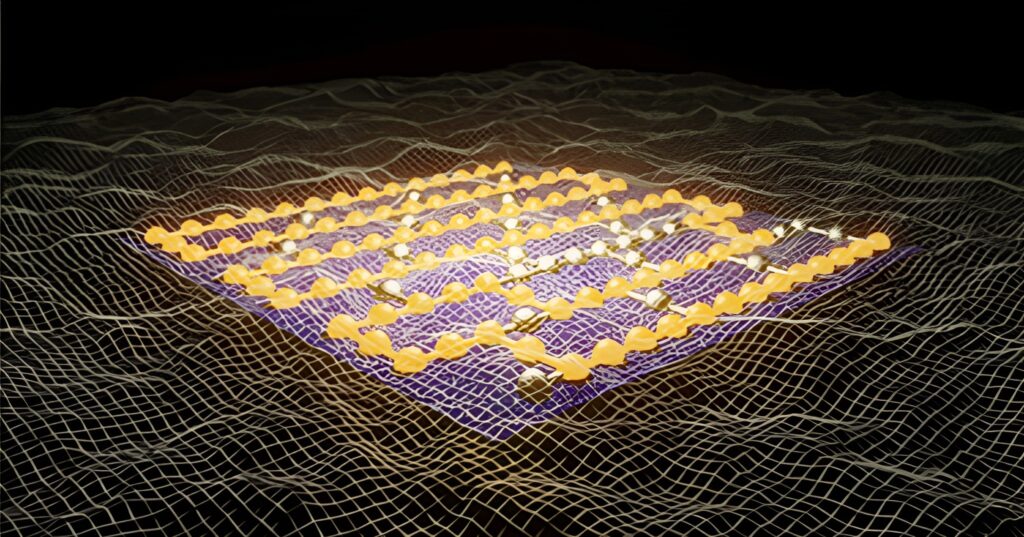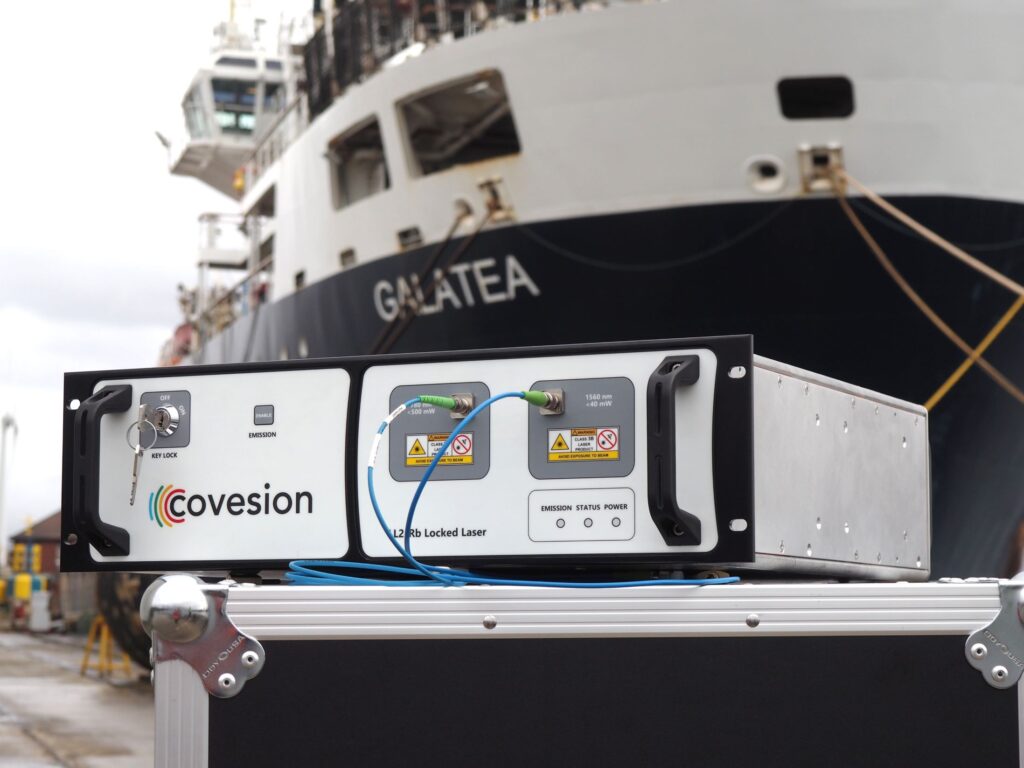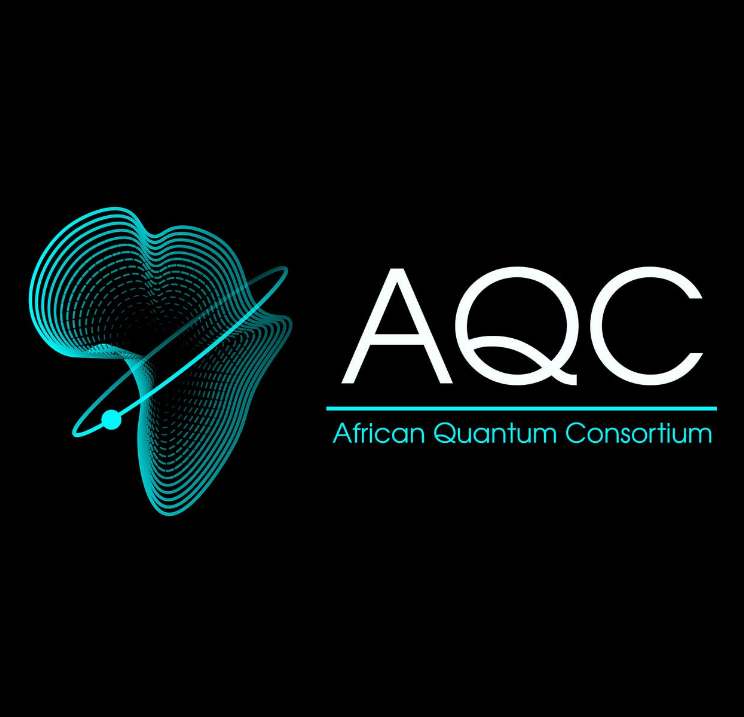Insider Brief
- Researchers have proposed a new method to measure time in a universe where traditional notions of time do not apply.
- The team offers a new way to think about how time might come from the basic features of physical systems.
- The work may also have implications for quantum computing and other forms of quantum technology.
Notice how we are always the ones who have to “tell” time? Maybe that’s because, in a quantum sense, time itself doesn’t really tell us anything.
Researchers, however, have proposed a new method to “tell” time in a universe where traditional notions of time do not apply. This approach, detailed in a recent paper on arXiv, challenges the long-standing idea that time is something separate from physical things — often called an external time parameter by scientists — in quantum theory and offers a new way to think about how time might come from the basic features of physical systems. The work may also have implications for quantum computing and other forms of quantum technology.
The scientists — Samuel Kuypers, of the Université de Montréal and Simone Rijavec, the Clarendon Laboratory, University of Oxford — write that at the core of the problem is the traditional view that physical systems evolve relative to an external, real-valued time parameter. In simpler terms, the main issue is that we usually think of things changing over time based on an outside clock.

However, according to quantum theory, time itself cannot be directly measured or seen in any physical experiment or system. This creates a basic problem because, in many theories, time is treated as if it should be measurable, but it actually isn’t. In quantum theory, time is not directly measurable because quantum systems use complex mathematical structures — matrix- or operator-valued observables, unlike the straightforward, single-number measurements we use for time in everyday life.
This discrepancy is evident in laboratory settings where quantum systems, such as atoms, serve as timekeeping devices. While these quantum clocks possess observable properties, the theoretical time parameter remains an abstract concept, and that causes problems when we try to align theory with practical observations.
The Page–Wootters Construction
A promising solution to this problem comes from the Page–Wootters construction, a timeless approach in quantum theory. According to this model, the universe exists in a stationary state, rendering the external time parameter irrelevant. Instead, a subsystem within this stationary universe evolves according to the Schrödinger equation because it is entangled with another system called a “clock.”
The original formulation by Page and Wootters assumed that the clock must be dynamically isolated to ensure the rest of the universe evolves consistently relative to the clock. However, this assumption posed a problem: if the clock cannot be measured due to its isolation, it is as unphysical as the time parameter it replaces.
New Insights on Clock Measurement
The researchers revisits this assumption, arguing that isolation is a sufficient but not necessary condition for the Page–Wootters model. The study shows that allowing the clock to interact with another system, such as a timer, makes it possible to measure time. This interaction enables the timer to record information about the clock’s state, making the theoretical clock measurable and thus more physical and practical.
In this work, they also explored a simple model of clock synchronization, where one ideal clock synchronizes with another through interaction. Once synchronized, the clocks remain in unison indefinitely. In an ideal scenario, clocks can synchronize naturally without any interaction, although real-world conditions such as the movement of one clock relative to another can disrupt this synchronization. The Page–Wootters construction does not account for such spatial dimensions, leaving this aspect for future investigation.
Implications for Quantum Technologies
This new approach to measuring time in a timeless universe could have several implications for quantum technologies and quantum computing. Quantum systems rely heavily on precise timekeeping and synchronization for various processes, including quantum communication and quantum cryptography. By providing a model where time can be measured and synchronized within a quantum framework, this research could enhance the accuracy and reliability of quantum clocks and timing mechanisms.
In quantum computing, where operations must be executed with exact timing, understanding and controlling time within a quantum system is crucial.
In another potential implications, this research offers a potential pathway to more robust and interpretable quantum clocks, which could improve the performance and synchronization of quantum computers. It could lead to new methods for maintaining coherence and reducing decoherence, as well, which might be a step toward extending the operational stability of quantum systems.
Quantum sensors, which rely on highly accurate time measurements, could also benefit from potential advances based on this work, leading to more sensitive and accurate detection capabilities in various applications.
For a deeper dive than this summary can provide, please see the paper here.

